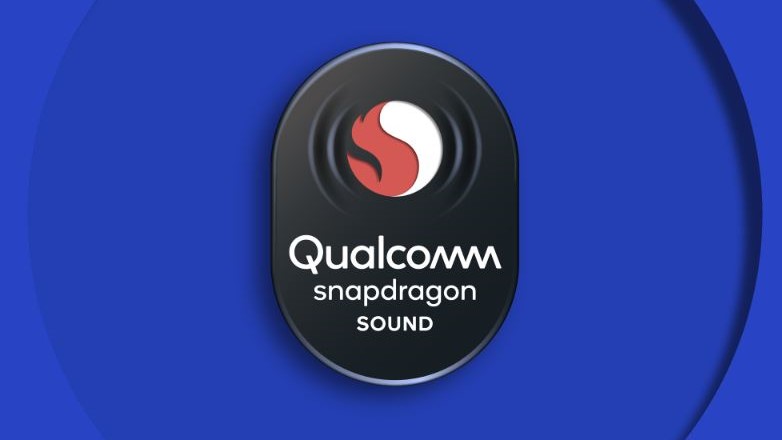Qualcomm Snapdragon Sound promises to fix the biggest problem with wireless headphones
Qualcomm Snapdragon Sound tech aims to kill latency and low audio on wireless headphones

Qualcomm has revealed its plans to boost audio performance when using wireless headphones with a mobile device. Qualcomm Snapdragon Sound is a combination of hardware standards and software upgrades that, on paper, could reduce latency in gaming and video audio — while enhancing playback and voice calling quality.
The plan is that if you use a Snapdragon Sound-compatible phone or tablet together with Snapdragon Sound-compatible headphones, you’ll benefit from an improved connection with less delay and higher sample rates in music playback and voice calls.
- The best wireless headphones right now
- Our picks of the best Android phones
- Plus: AirPods 3 just leaked — and it steals the AirPods Pro's best feature
James Chapman, vice president and general manager of Qualcomm’s Voice & Music and Wearables business, detailed some of the advantages that Snapdragon Sound devices will offer when they launch later this year. One is higher-sample-rate music streaming. Most Android and iOS devices, including the flagship Samsung Galaxy S21 and iPhone 12, are limited to 48 kHz playback — Snapdragon Sound-compatible SoCs will raise this to 96 kHz.
This could allow for finer-sounding songs when using Hi-Res Audio streaming services like Amazon Music HD, Tidal and Deezer. Anyone with less interest in HiFi sound will get less out of this change, though there are other advantages to the tech.
Snapdragon Sound also aims to minimize latency, so that mobile games sound more responsive when using wireless headphone. Chapman said that Snapdragon Sound could cut this latency as low as 89 ms, compared to the 142 ms of an unnamed rival brand. Latency can also cause video audio to play out of sync, so hopefully this issue could get nixed as well.
Snapdragon Sound also introduces “super wideband voice,” which aims to improve the overall quality of voice calls. This is another encouraging move. Recently we’ve tested numerous wireless earbuds, such as the Sennheiser Momentum True Wireless 2 and the Earin A-3, that handled playback well, but performed poorly as calling headsets.

However, Snapdragon Sound isn’t a modular upgrade that can be slapped on existing phones and headphones. To receive Snapdragon Sound branding, devices will need to use specific Qualcomm hardware. This includes the Snapdragon 8-series mobile SoCs for smartphones, FastConnect 6900 mobile connectivity system and one of the Qualcomm QCC514x, QCC515x and QCC3056 wireless chips for headphones. Prospective devices will also be tested in Qualcomm’s labs to ensure full compatibility with Snapdragon Sound’s promised features.
Get instant access to breaking news, the hottest reviews, great deals and helpful tips.
As for what this means for you, the discerning consumer, you’ll see on the packaging whether a tech product is certified for Snapdragon Sound. These will work fine with non-Snapdragon Sound devices, so you won’t need to throw out your old headphones if you upgrade your phone. Though, to get the key benefits both the source device and the headphones will need the official Snapdragon Sound seal of approval.
Chapman told me that the release dates for the first Snapdragon Sound products will be “up to the OEMs.” Regardless, customers can expect to see Snapdragon Sound enabled devices by Q2 2021. That potentially means major upcoming phone releases, like the Google Pixel 6 and rumored Samsung Galaxy Note 21, could be on board.
- More: Check out the best wireless earbuds

James is currently Hardware Editor at Rock Paper Shotgun, but before that was Audio Editor at Tom’s Guide, where he covered headphones, speakers, soundbars and anything else that intentionally makes noise. A PC enthusiast, he also wrote computing and gaming news for TG, usually relating to how hard it is to find graphics card stock.
